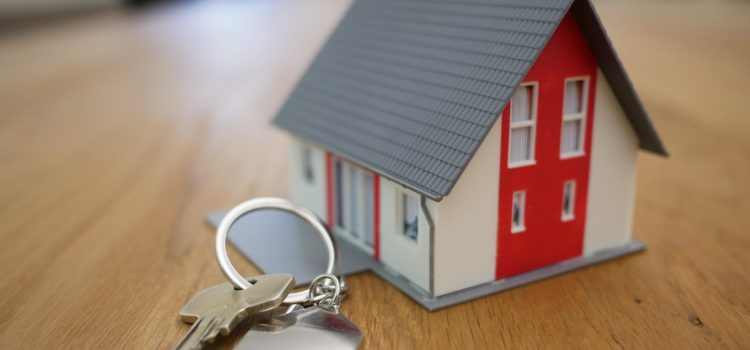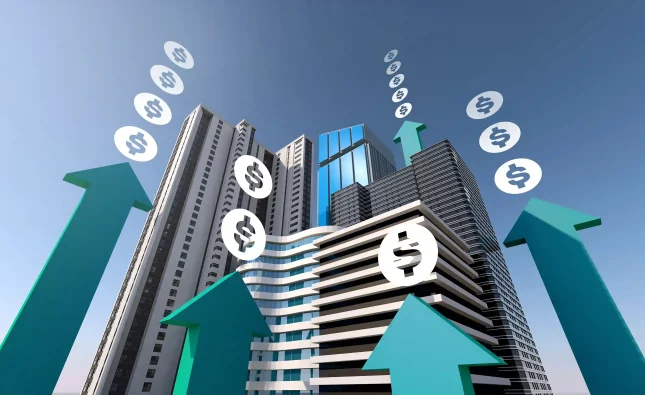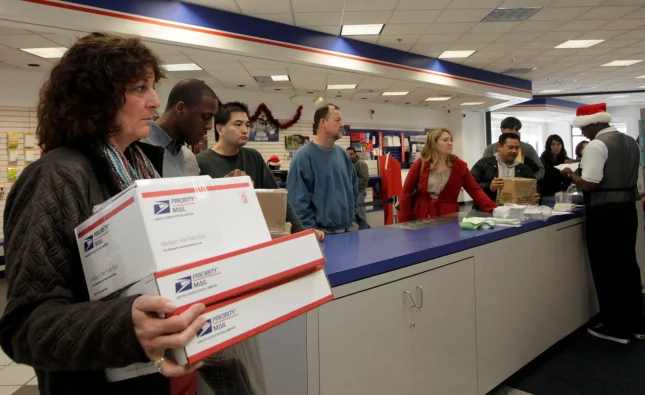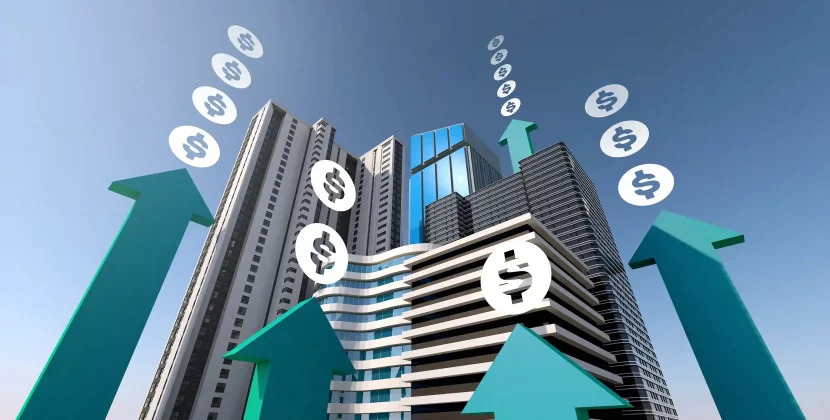
The True Price of Homeownership: Unveiling the Expenses
Owning a home is a dream come true for many, but beneath the surface of that sweet abode lies a realm of costs. This comprehensive guide delves into the real expenses of owning a home, going beyond the initial purchase price to unveil the complete financial landscape of homeownership.
Beyond the Purchase Price
When you embark on the journey of homeownership, your focus often centers around the purchase price, the big number that’s been your goal for years. However, the price you pay at the closing table is just the beginning of your financial commitment.
- Down Payment: The down payment is your initial financial hurdle in the homeownership journey. It’s typically a percentage of the home’s purchase price. While it’s a significant amount, it’s only one piece of the overall puzzle.
- Monthly Mortgage Payments: The mortgage payment is a major ongoing expense. It consists of both principal and interest. The principal payment contributes to paying down the loan, while the interest payment is essentially the cost of borrowing money. As time passes, the balance between these two elements shifts, with more of your payment going toward the principal.
- Property Taxes: Property taxes are an ongoing financial obligation. The amount you owe depends on the assessed value of your property and the tax rates in your area. Property taxes vary greatly across the country, so it’s essential to understand the local tax structure when considering homeownership.
- Homeowners Insurance: Protecting your investment is vital. Homeowners insurance provides coverage for property damage, personal liability, and more. Rates depend on the property’s value, location, and the level of coverage you choose.
- Maintenance and Repairs: Homes require ongoing maintenance to stay in good condition. This includes routine tasks like HVAC system checks, plumbing repairs, and keeping the exterior in good repair. Regular maintenance helps prevent larger, more costly repairs down the road.
Table 1: Ongoing Homeownership Costs
| Expense | Frequency | Average Cost |
|---|---|---|
| Utilities | Monthly | Varies |
| Homeowners Association | Monthly/Annually | Varies |
| Lawn and Garden Care | Seasonal | Varies |
| Pest Control | As needed | Varies |
| Renovations and Upgrades | Periodic | Varies |
Understanding Ongoing Costs
Beyond the initial purchase price, homeowners must budget for a range of ongoing expenses. These costs can vary widely depending on your location, the size and condition of your property, and your lifestyle. Here are some of the ongoing costs associated with homeownership:
- Utilities: Utilities are a significant monthly expense that includes electricity, water, gas, and internet. These costs can vary based on consumption, local rates, and the efficiency of your home’s systems. Taking steps to make your home more energy-efficient can help reduce utility costs.
- Homeowners Association Fees: If your property is part of a homeowners association (HOA), you’ll have either monthly or annual fees. These fees cover communal expenses such as landscaping, security, and the maintenance of shared amenities like swimming pools or gyms. HOA fees can vary widely, and it’s important to understand what they cover before purchasing a property in an HOA.
- Lawn and Garden Care: If your property includes a yard or garden, you’ll need to budget for seasonal maintenance. This may include lawn mowing, gardening, leaf removal, and landscaping. The cost will depend on the size of your property and the level of care you desire.
- Pest Control: Pest problems can occasionally arise, requiring professional extermination services. The cost of pest control depends on the severity of the issue and the services needed.
- Renovations and Upgrades: Over time, you may wish to make renovations or upgrades to your home. These periodic expenses can vary widely depending on the scale of the project. Whether it’s updating a bathroom, adding a new room, or investing in a kitchen remodel, it’s important to plan and budget for these costs.
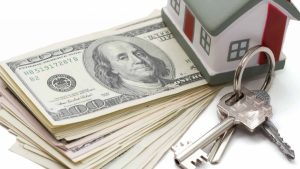
Image by: https://www.consumerscu.org/
Unexpected Expenses
While many of the costs of homeownership are foreseeable and regular, there are also unexpected expenses that can arise. Being prepared for these surprises is essential for responsible homeownership:
- Emergency Repairs: Major issues like roof leaks, plumbing problems, or electrical issues can be costly and unexpected. It’s important to have an emergency fund to cover these unexpected repairs to ensure that your home remains safe and habitable.
- Property Assessments: Sometimes, the homeowners’ association may levy special assessments to fund large community projects. These can be unexpected and can impact your finances.
- Property Value Fluctuations: The real estate market is subject to fluctuations. The value of your property may increase or decrease due to market conditions, impacting your equity.
- Natural Disasters: Damage from natural disasters, such as hurricanes, wildfires, or floods, may not be fully covered by standard homeowners insurance. Preparing for potential natural disasters and considering additional coverage may be necessary in certain regions.
Preparing for Homeownership Costs
- Budget Wisely: Creating a comprehensive budget is one of the first steps toward successful homeownership. Your budget should include all the costs associated with owning a home, including mortgage payments, property taxes, insurance, and ongoing expenses.
- Emergency Fund: Building an emergency fund is crucial. This fund can be used to cover unexpected repairs and expenses, providing peace of mind and financial stability.
- Regular Maintenance: Investing in regular maintenance helps prevent larger repair bills down the road. Regular inspections and maintenance of your home’s systems, such as HVAC, plumbing, and roofing, can extend their lifespan and reduce the likelihood of costly repairs.
- Insurance Coverage: Review your homeowners insurance to ensure it adequately covers your needs. Depending on your location, you may need additional coverage for specific risks, such as floods or earthquakes.
- Market Trends: Stay informed about local real estate market trends. Understanding property value fluctuations can help you make informed decisions about when to buy, sell, or make renovations.
Conclusion
Owning a home is a significant milestone, offering a sense of stability, belonging, and pride. However, it also comes with ongoing costs beyond the initial purchase price. Understanding these expenses, budgeting wisely, and preparing for unexpected costs are essential for successful and sustainable homeownership. By considering all aspects of homeownership costs, you can enjoy the benefits of owning your own home while maintaining financial stability and peace of mind. Your home sweet home is not just a place to live; it’s also a long-term investment in your future.








